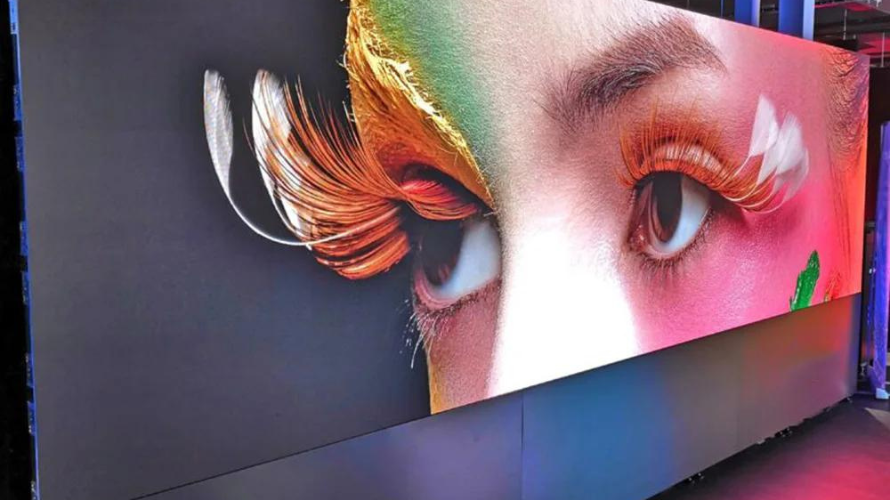Flexible screens represent a significant leap forward in display technology, providing unprecedented versatility and design possibilities. Unlike traditional rigid screens, flexible screens can bend and conform to a variety of shapes and surfaces, unlocking new creative and functional opportunities across different industries. This innovation is revolutionizing how we approach display solutions, offering new ways to integrate and interact with digital content.
Features of Flexible Screens
- Adaptability: One of the most notable features of flexible screens is their ability to adapt to various shapes and surfaces. Unlike traditional screens, which are fixed in shape and size, flexible screens can be bent, curved, and shaped to fit unconventional spaces. This adaptability opens up new design possibilities, allowing for creative and customized display solutions that were previously impossible with rigid screens.
- Durability: Flexible screens are engineered to withstand physical stress and deformation, making them more resilient than their rigid counterparts. This durability ensures that the screens maintain their functionality and performance even when subjected to bending or folding. As a result, they are well-suited for applications where flexibility and resilience are essential.
- High Quality: Despite their ability to bend and fold, flexible screens do not compromise on visual quality. These screens maintain high-resolution and vibrant display performance, ensuring that content remains clear and engaging regardless of the screen’s shape. This quality retention is crucial for applications where visual clarity and impact are paramount.
Applications of Flexible Screens
- Retail Displays: In the retail sector, flexible screens are transforming how products and promotions are displayed. Retailers can create unique and engaging visual experiences by incorporating flexible screens into store fixtures, displays, and signage. The ability to curve and shape screens allows for innovative designs that capture customers’ attention and enhance the shopping experience.
- Wearable Technology: Flexible screens are also making their mark in the wearable technology space. By integrating screens into clothing and accessories, designers can create interactive and dynamic products that offer new functionalities. From smartwatches and fitness trackers to wearable displays embedded in apparel, flexible screens are expanding the possibilities of wearable technology.
- Architectural Design: In architectural design, flexible screens are being used to create dynamic and visually striking building facades. These screens can be incorporated into the architecture of buildings, allowing for innovative and eye-catching displays that enhance the aesthetic appeal and functionality of architectural structures.
Flexible screens are pushing the boundaries of traditional display technology, offering new ways to present and interact with content. As this technology continues to evolve, we can expect even more groundbreaking applications and creative solutions that redefine how we use and experience digital displays.



